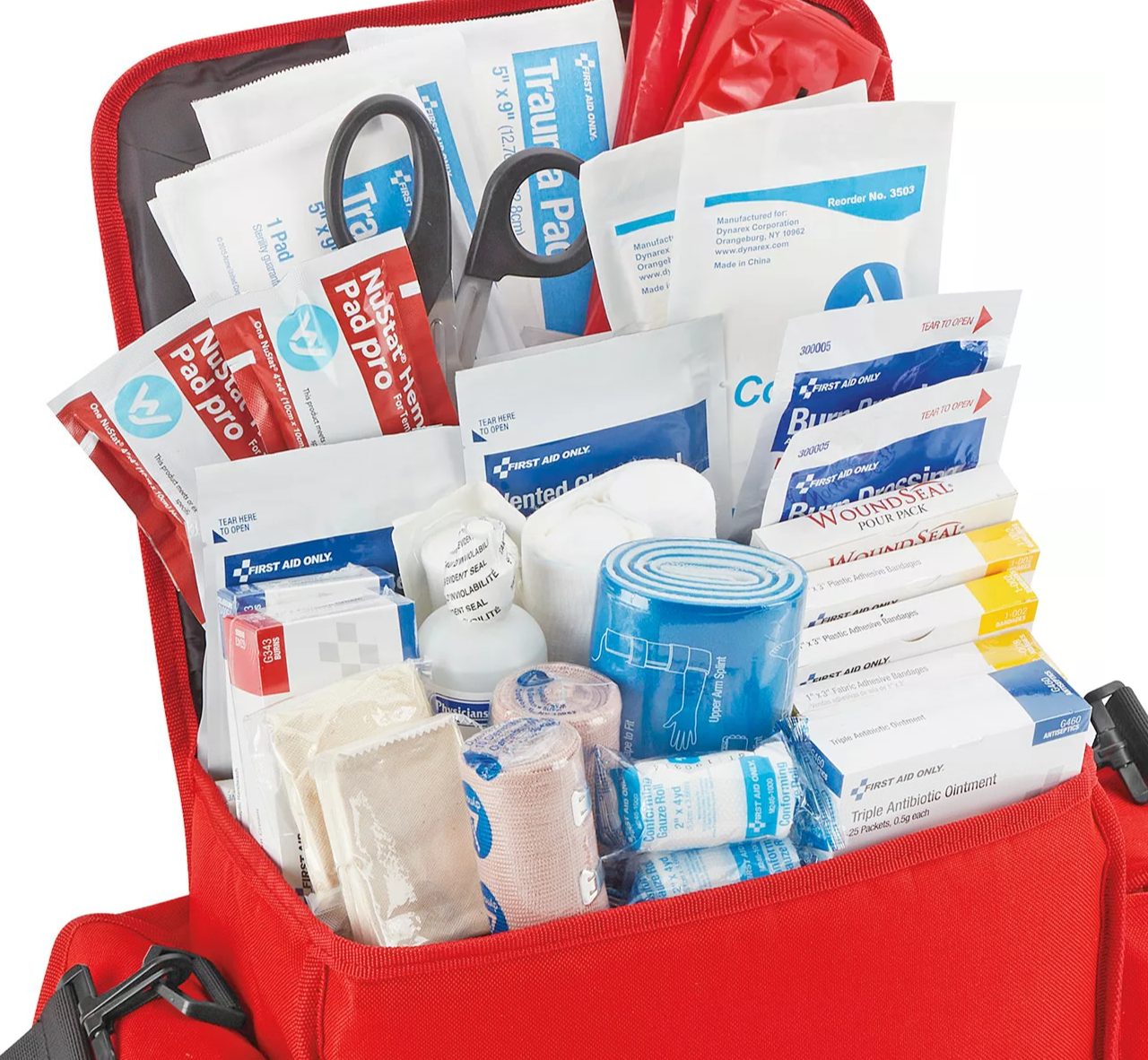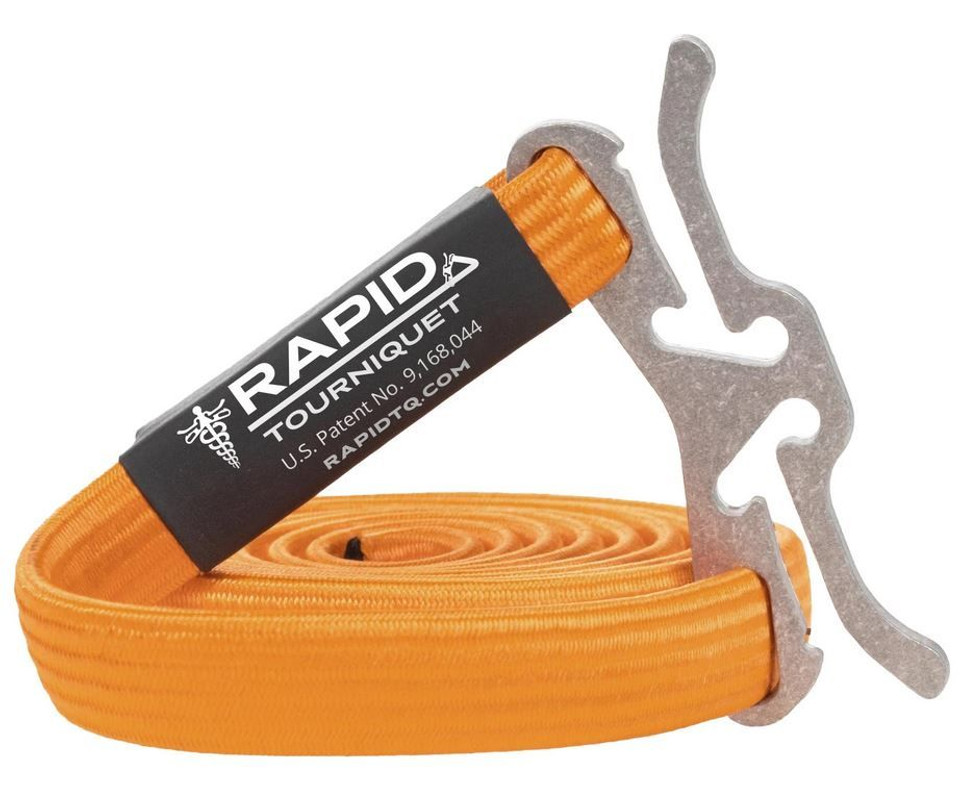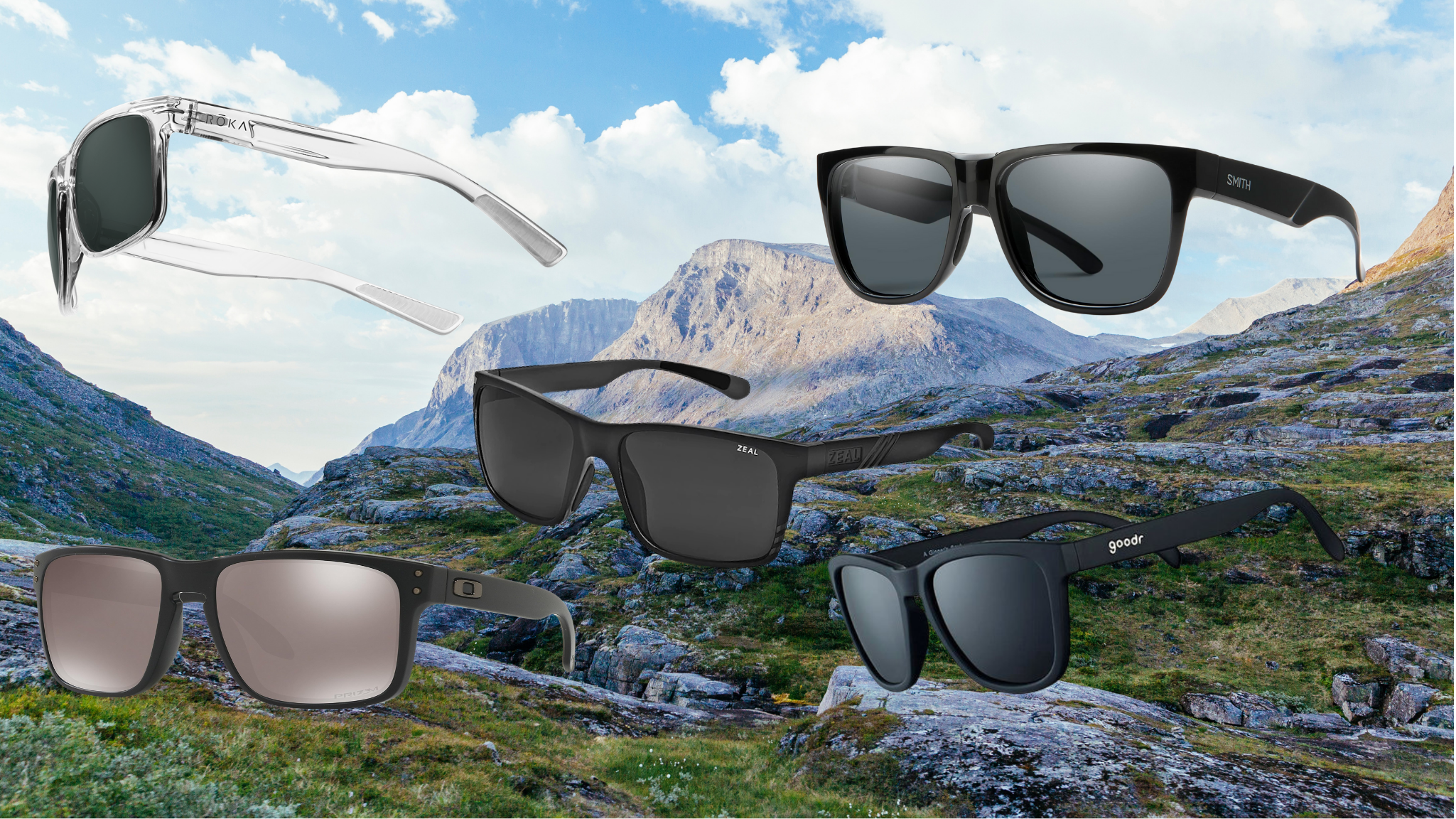In times of emergencies or unexpected situations, having the right tools at your fingertips could quite possibly be the difference between life and death.
Whether you’re an outdoor enthusiast, a parent, or someone who just values being prepared, mastering the art of crafting and honing in an effective trauma kit loadout is a skill worth having.
There are several companies with great reputations that sell ready-to-go trauma kits of every shape and size. But if you want to build your own, you’ve come to the right place.
Riding an ambulance has helped me understand the essentials for rapid treatment of trauma.
From bandages to tourniquets, and everything in between, in this post, we’ll dive into the process to help you select the right supplies to handle any situation thrown your way.
Whether you’re a beginner or a full-blown medic, there’s something here for all.
So let’s dive into the adventure of building your kit to fill your needs.
The Kit
The first thing you’ll need is the kit itself. You need something to put all of these supplies in. From fanny packs to first aid boxes to backpacks, the options are endless.
The important thing to focus on here is what you intend to load this kit with. If you’re going to load it out like a combat medic, you might need a backpack. If you’re going to stick to the essentials, then a fanny pack will probably do.
Another important note is longevity. Could you go get a cheap fanny pack from Walmart and make it work? Probably.
But let’s think about how this thing will be handled day-to-day.
If it’s going to be tucked away in the console of your vehicle, then it probably doesn’t matter how tough it is because it won’t be handled and thrown around every day. If it’s a small pack you plan to keep on you at all times, it probably needs to be a little tougher.
There’s not a wrong answer here, but just keep in mind your intended use.
Tourniquet
Quite possibly the number 1 thing people will list if you ask them bout building a trauma kit is a tourniquet. And for good reason.
While the need to actually use a tourniquet might seem rare in everyday life, a good tourniquet can save a life.
From severe cuts to puncture wounds to complete amputations, having a tourniquet on you lets to take immediate action to stop life-threatening bleeding. Direct pressure won’t work on every type of injury. Enter tourniquet.
Integrating a tourniquet into your trauma kit not only demonstrates a commitment to personal safety but also empowers you to respond effectively to emergencies, potentially saving lives in critical moments.
One thing I will say is that you need to buy one from a reputable supplier. Some knock-offs can fail in critical moments. Below are a couple of suggestions.
- Popular choice
- More compact option
Gauze
This is a no-brainer, as well.
Of course for bleeding, gauze is a good thing to have. It’s versatile and can be used however you see fit. You can place it directly to the wound and wrap it as necessary.
Riding an ambulance, the main kind of gauze we use is 4×4 singles. They come in packs of 2, and they can be unfolded to cover a larger area.

Another good thing to have is roller gauze. It comes rolled up, and you unroll it to wrap around the 4×4 gauze on wounds in areas where tape won’t work so well.

One type of gauze we use on bigger injuries is called a Combine ABD pad. It basically a huge padded piece of gauze. It takes up some space, so it may be reserved for your bigger trauma kits. But I’ve used these plenty of times, and they work well.

Coban

Coban is a self-adhesive wrap that you can use to wrap and secure bandaging in difficult areas. You can also just use it to wrap on top of a 4×4 to secure it in place.
It’s not tape, it sticks to itself. It’s pretty handy and very simple to use.
Pressure Bandage

So we talked about tourniquets, and those are great for those arterial spurting bleeds.
Now we have an emergency pressure bandage. These are more for those venous bleeds that need some dressing that’ll help hold some pressure on the wound.
If you’re familiar with an ACE wrap, these are similar. They’re elastic, and they have a sterile white gauze pad on the inside of them.
Basically, you apply the gauze portion to the wound after cleaning it up, and you wrap the band around tight to keep pressure on it.
That’s it. Super simple to use. Now you have your hands freed up while the pressure bandage holds the direct pressure on the wound.
Hemostatic Dressing

Hemostatic dressing, often referred to as “Quick Clot”, is a sterile dressing that’s main intended use is for wound packing.
For example, if you or someone you’re with has a deep wound that is bleeding a lot, this stuff is meant for packing into that wound to help you keep pressure on the bleeding vessel.
Hemostatic dressing is a surgical dressing with kaolin, which is a material that accelerates the body’s natural clotting process to help stop arterial or venous bleeds within minutes.
You’ll be hard-pressed to find a trauma kit that doesn’t include some of this stuff.
Chest Seal

A chest seal is an occlusive dressing. It’s air and watertight.
These come in handy when there’s a puncture injury anywhere within your “critical box”. Which is basically anywhere between your neck, naval, and shoulders.
They are not meant to stop bleeding. They’re meant to keep air from “sucking” into the chest cavity (Sucking chest wounds). They allow air to escape but not enter.
This is important because if you’re sucking air into your chest cavity, you’re essentially collapsing your lung with each breath you take. So you’re suffocating more and more with each breath.
So, as you can see, a chest seal is more than deserving of a spot in your trauma kit.
Antiseptic Ointment

These come in almost every first aid kit you can buy.
Any wound you’ll be dressing has a high risk of infection, so, if it’s practical, it’s always a good idea to use some antiseptic ointment on wounds to help prevent the risk of infection.
Obviously, don’t delay efforts to stop life-threatening bleeding, but if you have time, put some of this stuff on a wound.
Not much more to be said here.
Trauma Shears

When someone is involved in a traumatic event, sometimes injuries are hidden beneath a pant leg or tight tucked shirt.
Trauma shears are a great way to get access to a life-threatening injury without having to undress someone.
In the ambulance, we use these all the time. If someone is in a car wreck, there could be a lot of hidden injuries. We get them in the box and start cutting away clothes to make sure we aren’t missing anything important.
You may be running out of room if you are doing all of this in a fanny pack, and trauma shears can take up a lot of real estate in a small package. If you have a knife on you (which you should), that’ll work, though, it’s not as ideal. But you need to be extremely cautious when using a knife.
But you know that, right?
Nitrile Gloves

I feel like this needs no explanation. Treating traumatic wounds can get dirty in a hurry. Protect yourself and the person you’re treating. Wear gloves. It takes up almost no room to keep a few pairs of nitrile gloves in your pack.
And just like that, you’ve taken another step in the right direction.
Assembling a well-equipped trauma kit is vital in being prepared for emergencies and unexpected situations. Hopefully, you never have to use this kit, but if you do, you’ve got it.
You could quite possibly save the life of a loved one if you build a good trauma kit and become well-versed in the use of the supplies you carry.
There are tons of resources out there to teach you how to use each of these items correctly, so you know exactly what you’re doing when crunch time hits.
So, get started building that trauma kit today! You never know when it may become the most important thing you have.












